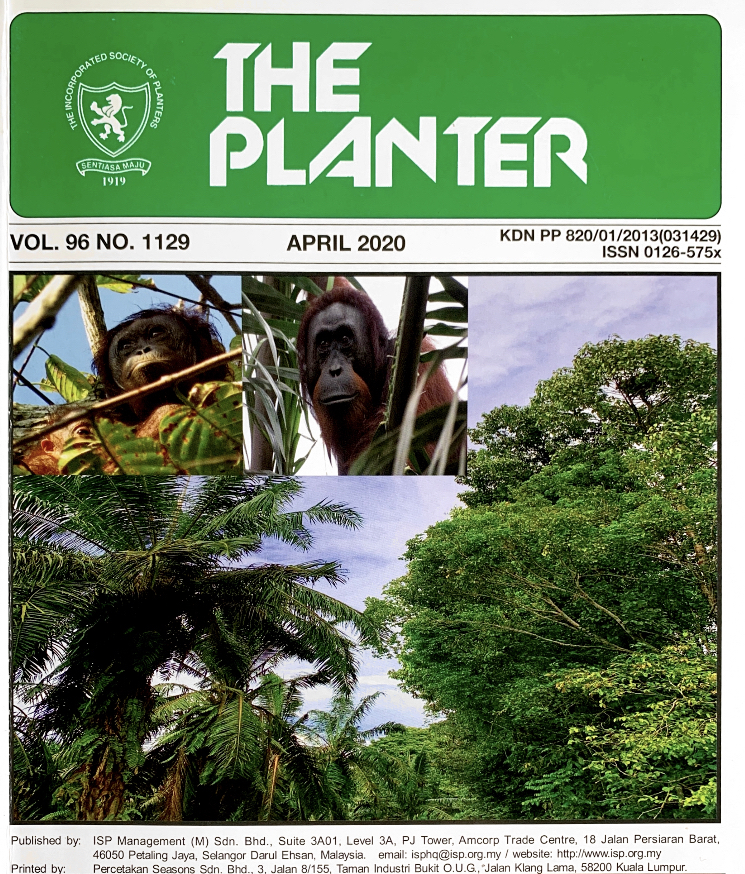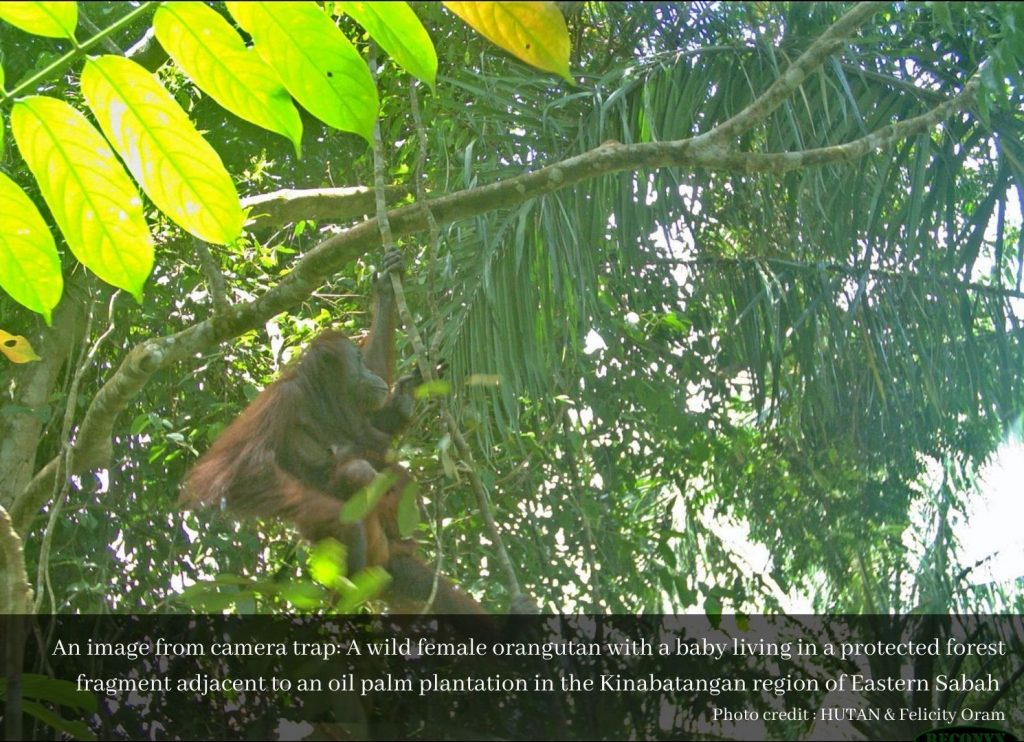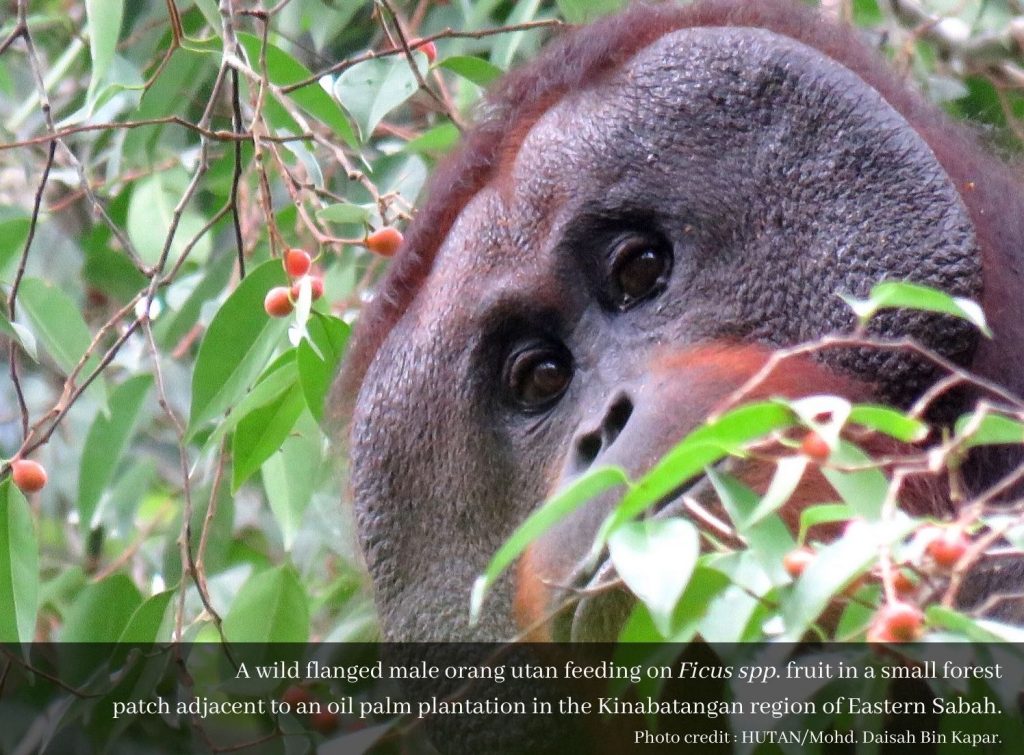
The April 2020 edition of The Planter magazine, the oldest and one of the most respected journals that deals with issues and developments in the palm oil industry, includes a feature article that poses the question: Can oil palm and orangutans be compatible? Though this question, on the face of it, may seem absurd, our paper presents a new example of how even the most logical of presumptions can be proven insufficient in light of new study. In the featured article entitled “Oil Palm and Orangutans: a fresh look and a new idea”, the executive director of PONGO Alliance, John Payne and the Alliance’s project director for Kinabatangan in Sabah, Felicity Oram, explain how oil palm growers now have an opportunity to play a key role in conserving the very species that is often perceived as the first victim of their activities.

Over the past year of work, in collaboration with visionary oil palm growers, In the Kinabatangan landscape, the authors have found that damage done by wild orangutans to both mature palms and second planting is minimal and concerns, for the most part, are due to misperceptions about this great ape that generally does its best to avoid humans.
Based on this evidence, the PONGO Alliance vision is that, rather than continue the old habit of catching orangutans and translocating them elsewhere, it is better to support them where they have already adapted to survive. However, sustaining a viable orangutan population in a mosaic landscape of oil palm with forest patches requires full compliance with the law that prohibits harassment, retention of all natural forest patches within the commercial landscape, restoration of riparian zones and capacity building to facilitate co-existence. To halt the progressive decline in the regional population: (1) Migratory male orangutans require free passage through estates between forest fragments where resident females and dependent offspring live. (2) Resident orangutans must be retained where they have adapted to live, regardless if it is on protected or privately administered forested land. If these conditions are met, the population could stabilise and sustain itself in the long-term. Additional field work done by several PONGO Alliance partners shows that similar situations exist in various areas outside of Kinabatangan, both in Sabah and in the provinces of Kalimantan where orang-utans are still found. Based on these collective findings, PONGO Alliance is developing Best Management Practices and Standard Operating Procedures to inspire and engage partners throughout the industry.

PONGO Alliance also supports industry sustainability initiatives to restore habitat especially in highly degraded areas such as riparian zones and steeper slopes within estates. This is done by facilitating the use of plant species that are truly relevant to supporting orangutans and other forest wildlife. Additional field work done by several PONGO Alliance partners shows that similar situations exist in various areas outside of Kinabatangan, both in Sabah and in the provinces of Kalimantan where orang-utans are still found. Based on these collective findings, PONGO Alliance is developing Best Management Practices and Standard Operating Procedures to inspire and engage partners throughout the industry.
PONGO Alliance welcomes feedback and new dialogue with the oil palm industry throughout the supply chain,
Current funders for ground engagement are Sime Darby Foundation, Unilever/WWF, and the Alliance for Preservation of Forests.